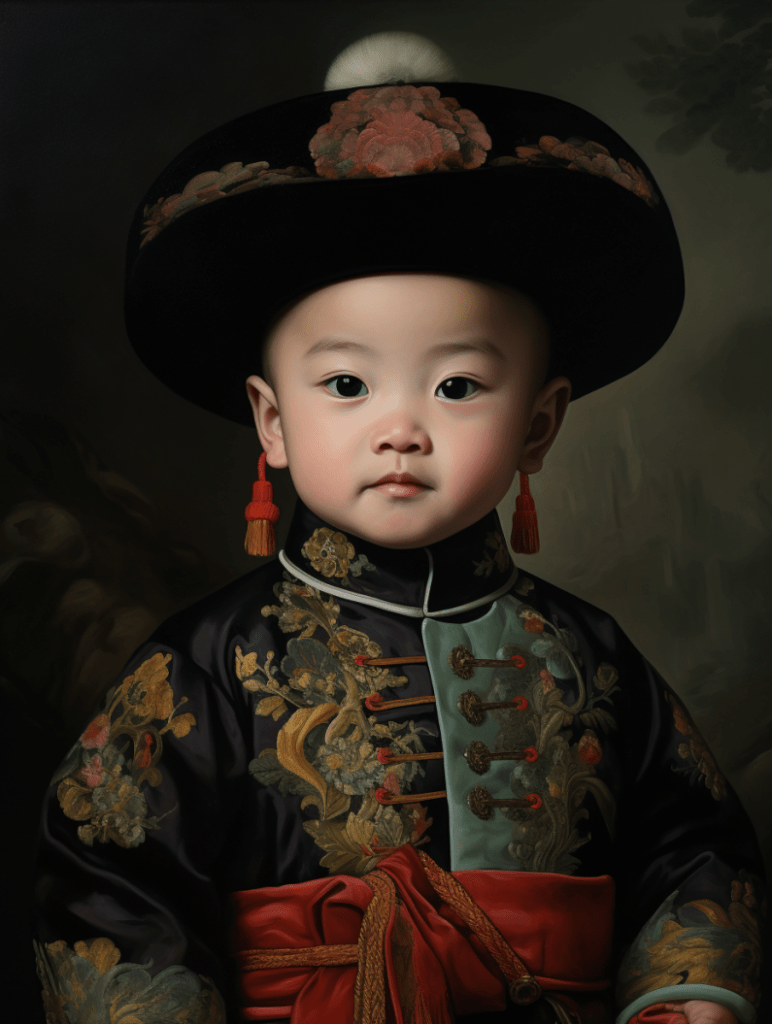On This Day Dec 2, 1908, a unique chapter in Chinese history unfolded as the two-year-old Pu Yi ascended to the throne, becoming the child emperor. This marked the last ruler of the Qing Dynasty and the final monarch of China. Pu Yi’s ascension occurred during a period of profound political changes, ultimately leading to the end of imperial rule and the establishment of a republic. His reign would be short-lived, and the turbulence of the early 20th century would witness the transformation of China’s political landscape.
Pu Yi’s ascension to the Chinese throne at the tender age of two marked a symbolic continuation of the millennia-old imperial tradition. However, this event unfolded against the backdrop of a rapidly changing political landscape. The Qing Dynasty, already weakened by internal strife and external pressures, faced increasing challenges from revolutionary forces seeking to establish a republic.
His young age left Pu Yi at the mercy of regents and political forces vying for influence. In 1912, just four years after his ascent, the Xinhai Revolution led to Pu Yi’s abdication, signaling the end of over two thousand years of imperial rule in China. Pu Yi later became a symbol of the bygone era as the Last Emperor, experiencing various phases of his life, including exile and political transformation, against the backdrop of a tumultuous century in Chinese history.
